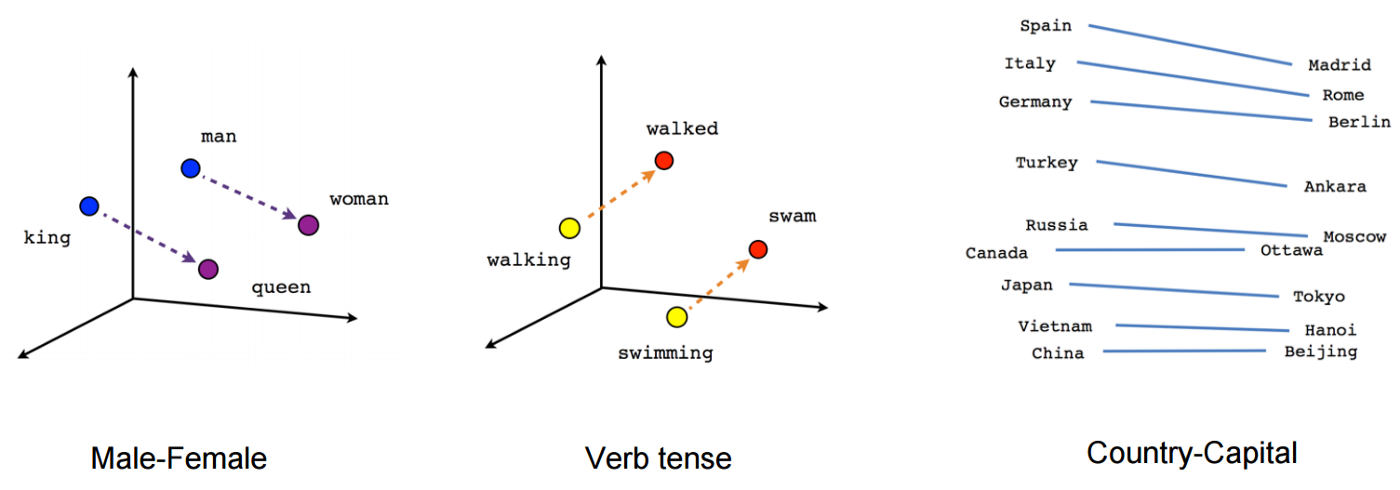
Mastering Natural Language Processing - Words as vectors
Why NLP is so exciting?
Natural Language Processing is an application of AI and Deep Learning that allows machines and algorithms understand languages (Natural Language) in order to easily deal with any problems related to text (text classification, sentiment analysis, summarization, etc.). There is also a very large interest around NLP from big tech companies and investors as the potential applications of Deep Learning for NLP are becoming more and more impactful.
From a language for Humans to a language for machines
How do we teach machines to understand human language? Humans understand the each word that we read and listen because we know their meanings. A meaning can be defined as
- The idea that is represented by a word, phrase, etc.
- The idea that a person wants to express by using words, signs, etc.
- The idea that is expressed in a work of writing, art, etc.
A machine needs to do the same thing. Associate to each word, a meaning. Previous work includes resources like WordNet that stores word’s synonyms and semantics but can be showed that it is not scalable. We will see that there are several ways to explicitly teach a machine to understand and model a words meaning.
One hot vectors
Here comes the simplest approach for converting any word into a vector. We can simply encode any word into a binary vector. Below is a dummy example:

Learning words representation
A word can be also defined by its context, i.e., the nearby words of it. This idea can be exploited, rather than representing each word independently, a word should be represented by its context and this is called Distributional semantics.
- At each position t on the text, we have the center word o and the surrounding context words c.
- Objective: For each position t in the text, predict the context words with a window size of m, given the center word.
- Objective function: Log-likelihood
